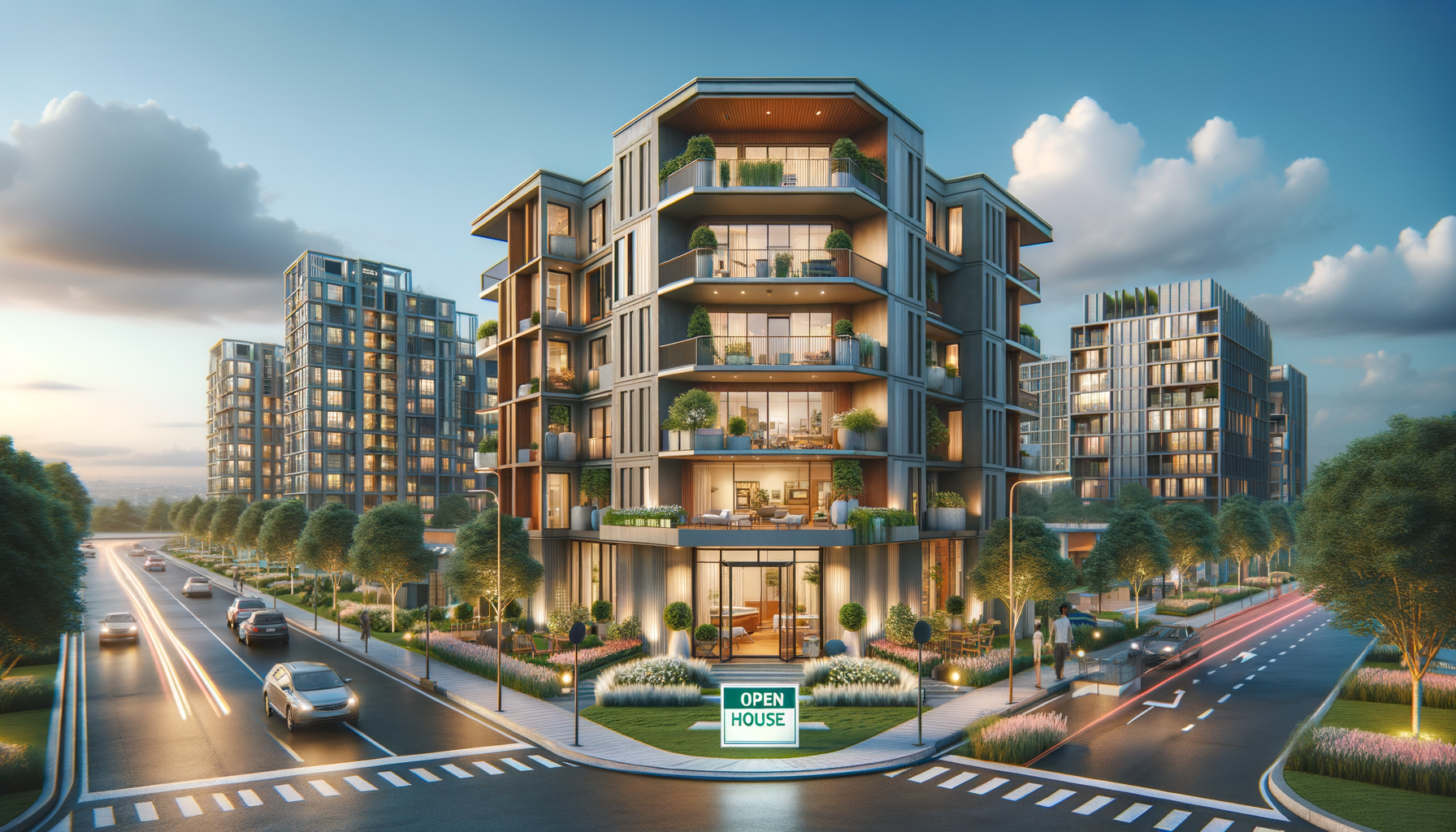Understanding Your Needs
Before diving into apartment hunting, it’s crucial to understand your personal needs and preferences. This step not only saves time but also ensures that you find a place that aligns with your lifestyle. Consider the following factors:
- Location: Determine the importance of proximity to work, schools, public transportation, and amenities like grocery stores and parks.
- Budget: Establish a clear budget, considering rent, utilities, and other expenses to avoid financial strain.
- Size and Layout: Decide on the number of bedrooms and bathrooms required. Consider open layouts if you value space and light.
- Amenities: Identify must-have amenities such as in-unit laundry, parking, or a fitness center.
By clearly defining these needs, you can narrow down your search and focus on apartments that truly fit your lifestyle.
Exploring Different Types of Apartments
The world of apartments is diverse, offering a range of options to suit different needs and preferences. Here’s a look at some common types:
- Studio Apartments: Ideal for singles or minimalists, studio apartments combine living, sleeping, and kitchen areas into one open space.
- One-Bedroom Apartments: These provide a separate bedroom and are suitable for individuals or couples looking for more privacy.
- Loft Apartments: Known for high ceilings and open space, lofts are often found in urban areas and appeal to those who appreciate unique architecture.
- Duplexes: Offering more space and often a yard, duplexes are great for families or those who need extra room.
Each type has its own advantages and potential drawbacks, so consider what aligns best with your lifestyle and needs.
Evaluating the Apartment Market
Understanding the apartment market is essential for making an informed decision. The market can vary greatly depending on location, economic conditions, and time of year. Here are some factors to consider:
- Supply and Demand: High demand in urban areas can drive up prices, while suburban areas might offer more competitive rates.
- Seasonal Trends: Rental prices can fluctuate with the seasons. For example, summer months often see higher demand and prices.
- Local Economy: A thriving local economy can lead to higher rental costs but also more job opportunities.
Keeping an eye on these trends can help you time your move and negotiate better lease terms.
Negotiating Lease Terms
Once you’ve found an apartment that meets your needs, the next step is negotiating the lease terms. Here are some tips to help you navigate this process:
- Understand the Lease: Read the lease agreement carefully. Pay attention to terms related to rent increases, maintenance responsibilities, and lease duration.
- Negotiate Rent: If the market allows, negotiate the rent price or ask for additional amenities to be included.
- Clarify Policies: Ensure you understand policies regarding pets, guests, and alterations to the apartment.
Effective negotiation can lead to a lease agreement that benefits both you and the landlord, ensuring a pleasant living experience.
Preparing for the Move
After securing your apartment, it’s time to prepare for the move. This process can be overwhelming, but with proper planning, it can be smooth and stress-free:
- Create a Timeline: Develop a moving timeline to manage tasks efficiently, from packing to hiring movers.
- Declutter: Use this opportunity to declutter and donate or sell items you no longer need.
- Utilities and Services: Arrange for the transfer or setup of utilities and internet services in your new apartment.
By organizing these tasks ahead of time, you can ensure a seamless transition into your new home.








